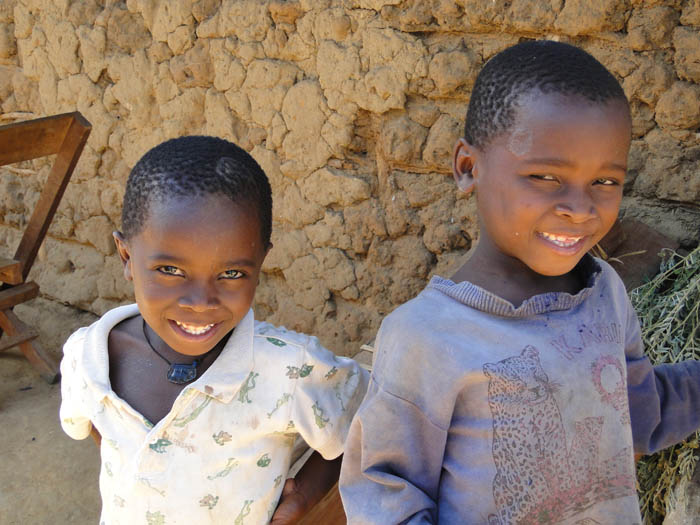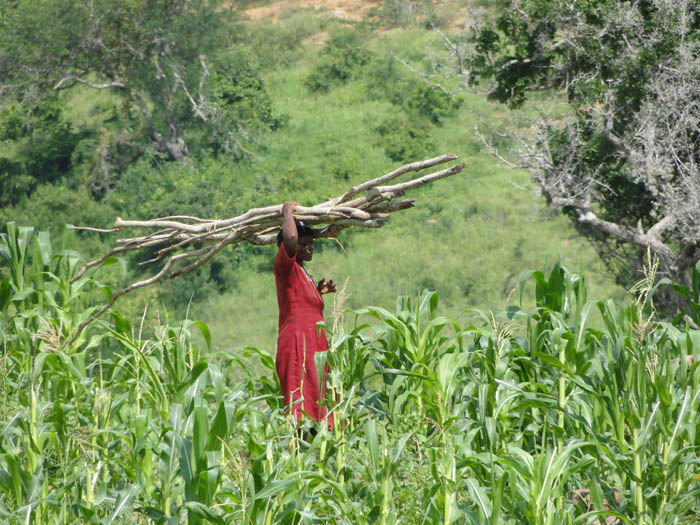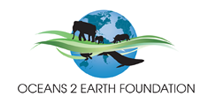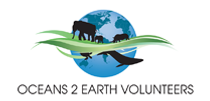WILDLIFE COMMUNITY
Population: 3,500.
Communities: The Digo and Duruma tribes.
DIGO TRIBE
The Digo are an ethnic and linguistic group with a population estimated to total 305,000, with 217,000 living in Kenya and 88,000 in Tanzania (1987 estimate).
 Digo people speak the Digo language and form part of the greater Mijikenda ethnic group of people which contains nine smaller groups or tribes, including the Duruma and Giriama tribes.
Digo people speak the Digo language and form part of the greater Mijikenda ethnic group of people which contains nine smaller groups or tribes, including the Duruma and Giriama tribes.
For many years, the Digo have been involved in trade, farming and fishing as sources of income. Their principal crop is "manioc," a small shrub with thick roots that are eaten like potatoes, however they also grow sesame, corn, rice and beans. In Mwaluganje, the Digo tribe predominantly farm maize outside the Sanctuary perimeter. Maize is known as corn. The community also herd cattle as a cash crop. "Palm wine" is a popular drink produced from the palm tree.
The Digo tribe formerly lived in large, fortified villages, but today their villages only consist of about 40 huts each. The shape of each hut clearly indicates to the villagers who live inside. The huts of elders are round, while those of other people are rectangular.
When a young Digo man marries, he must pay the normal bride-price of four heads of cattle, two goats or sheep, and palm wine. He is then incorporated into the bride's family. Eventually, as he demonstrates leadership qualities, he is accepted into the body of tribal elders.

The Digo tribe have ties with traditional practices such as animism and ancestor worship. Animism is the belief that non-human objects have spirits. Ancestor worship is the practice of praying to deceased ancestors for help and guidance. One example of spiritualism is their use of blood sacrifices. Such sacrifices are very significant to the Digo, especially in the exorcism of evil spirits. Witchdoctors are consulted regularly.
The religious practices of the Digo are deeply rooted in spiritualism and folk Islam.









